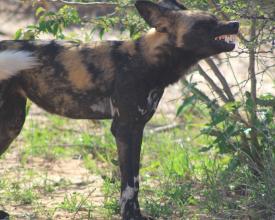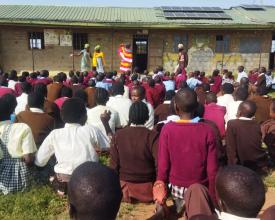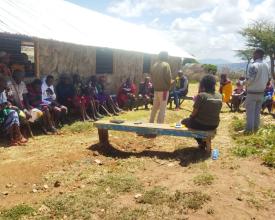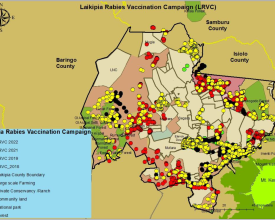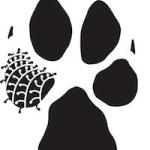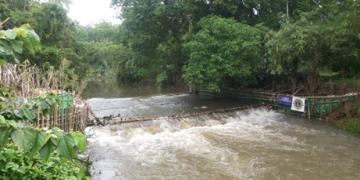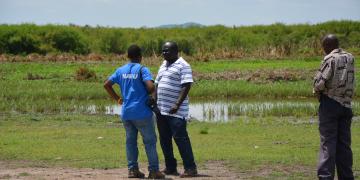
Promoting Community Coexistence with African Wild Dog
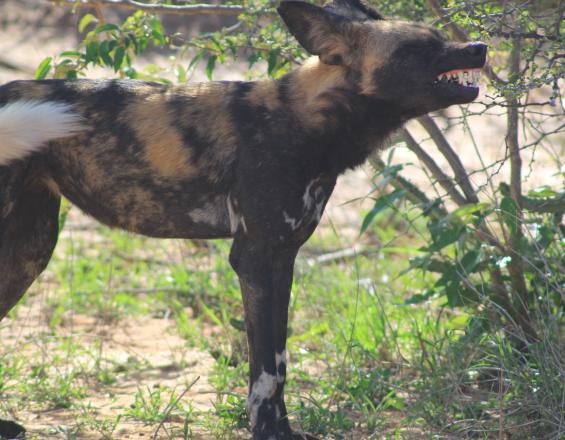
African wild dogs living in community conservation areas in northern Kenya face challenges due to predation on livestock, which results in a negative perception and, at times may culminate in retaliatory killings. Additionally, there is an ever-increasing threat of catching diseases like rabies and canine distemper that comes mainly from domestic dog populations. As the human population increases it will only mean more domestic dog vs. wild dog interaction and hence more chance for negative attitudes and disease spread.
Over the 3 project years, we were able through grassroots community engagement to change the perception from 10% positive (the percentage of people willing to Coexist with African Wild Dogs in the same shared grazing areas) at the beginning of the project to about 70% positive at the end.
We also increased the Rabies and Canine distemper vaccination coverage area from less than 6000 km2 to over 10,000 km2.
Effectively no wild dog deaths from diseases during the project period.
Impacts
Over the 3 project years, we were able through community engagement to change the perception from 10% positive coexistence (Percentage of community members willing to share grazing land/livestock rangeland with African Wild Dog) at the beginning of the project to about 70% positive at the end.
More communities were engaged via grassroots meetings, school visits, and drama groups, which enables more knowledge exchange, which means a sustained positive attitude towards wild dog conservation.
Wild dog numbers increased from 26 (2 packs) recorded to 112 (11 packs) at the end of the project period.
We also increased the vaccination area from 6000 km2 in the beginning to over 10,000 km2, which means less chance for the Wild dogs to be exposed to Rabies and Canine distemper.
Effectively, there were no wild dog deaths from diseases during the project period.

